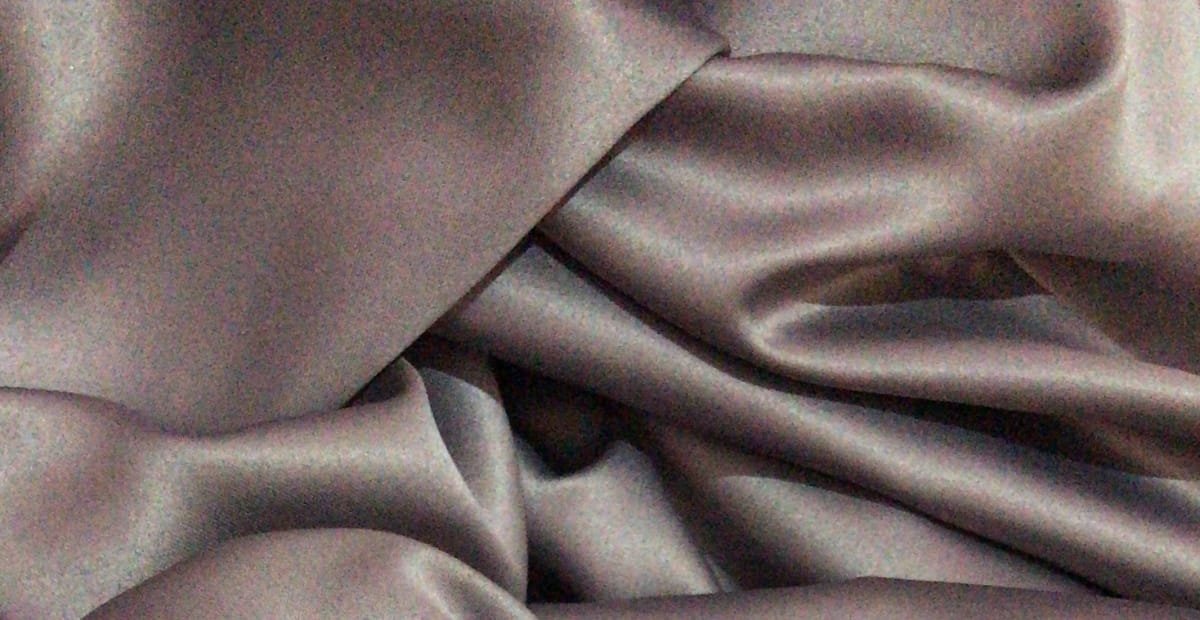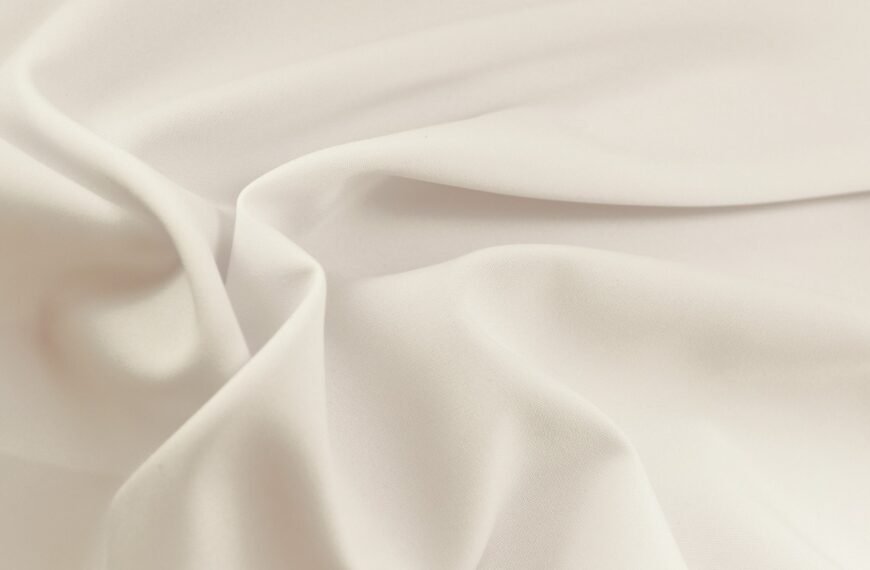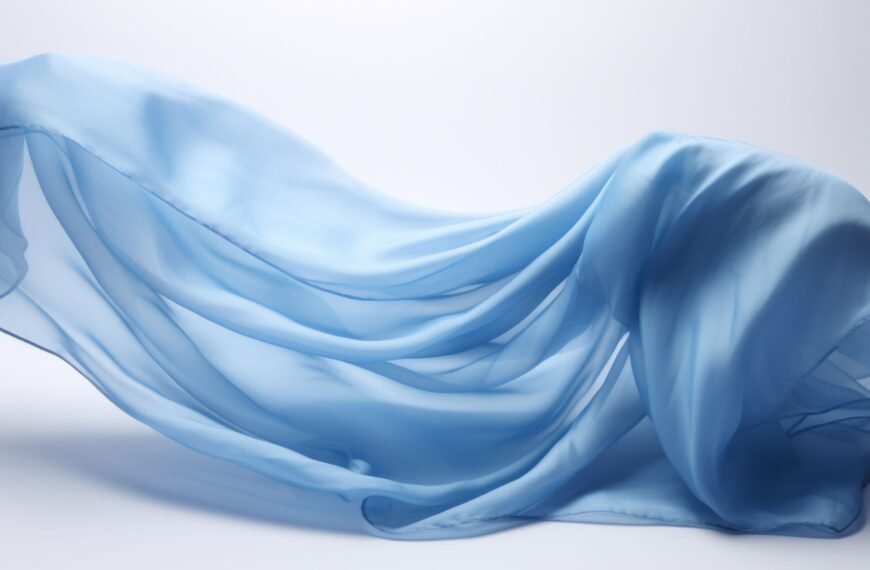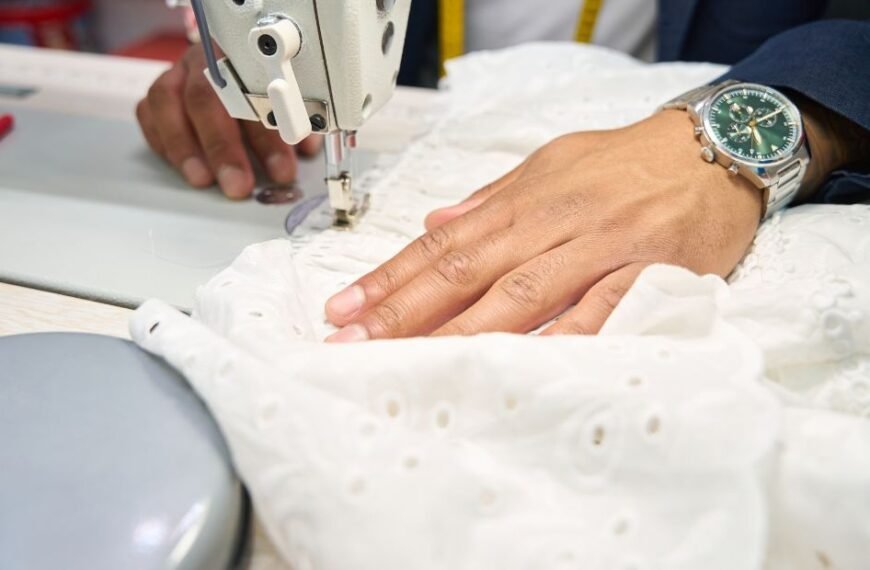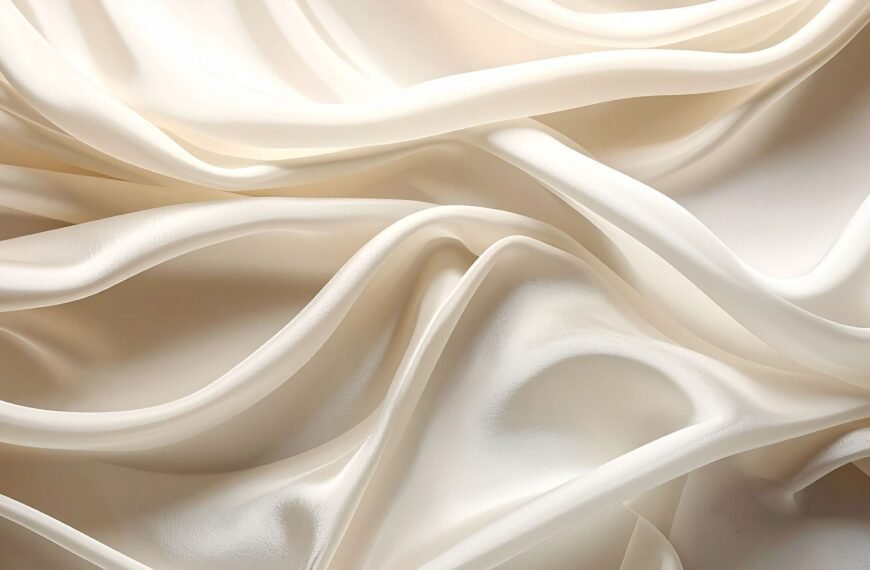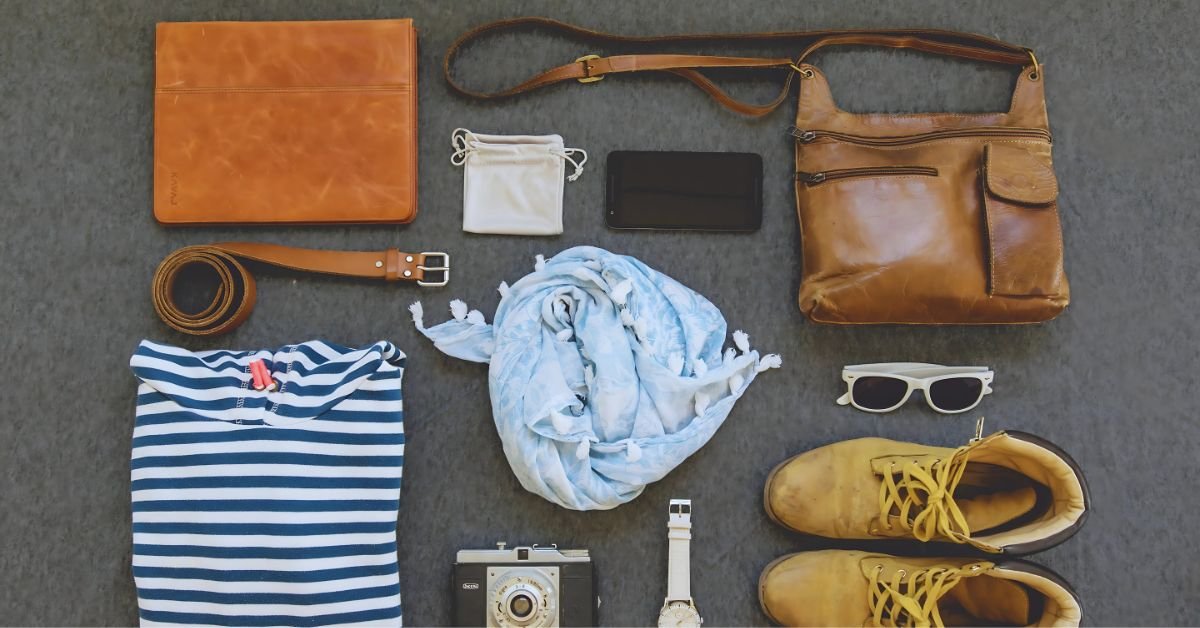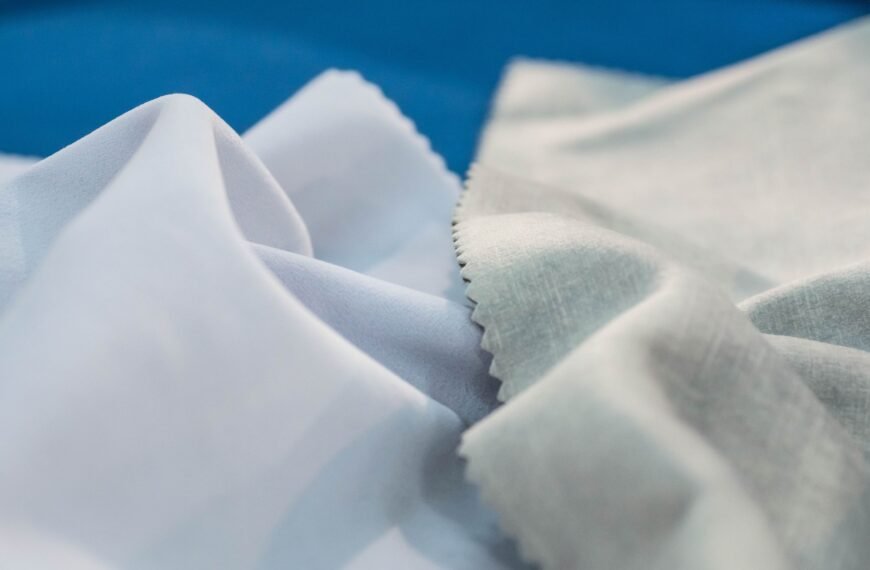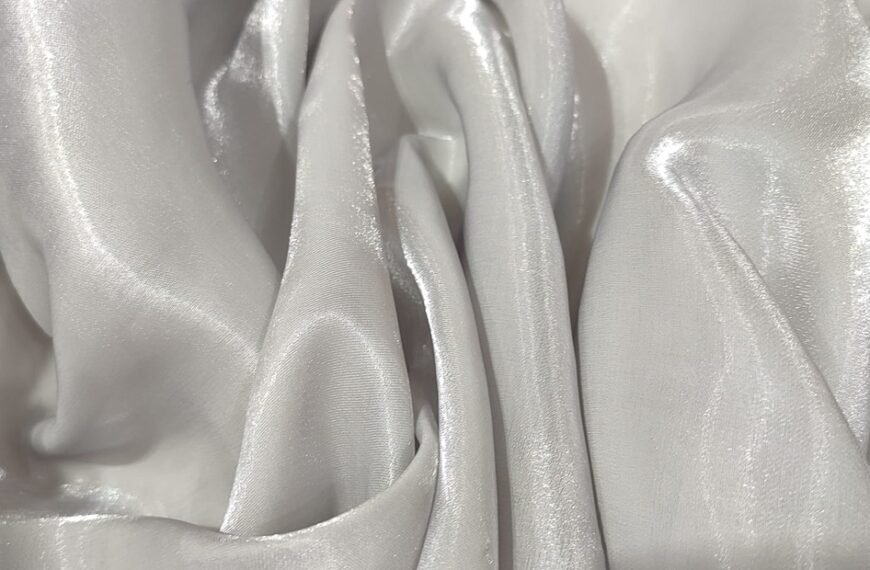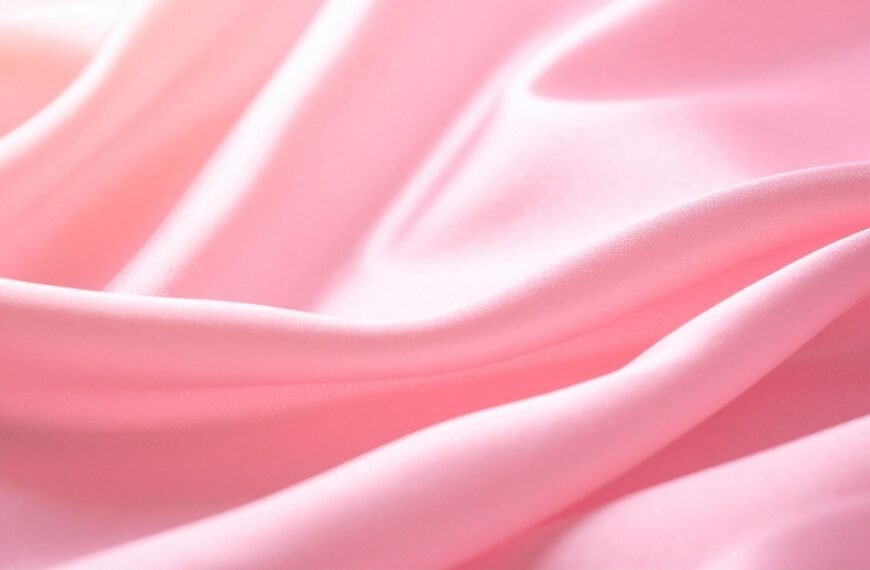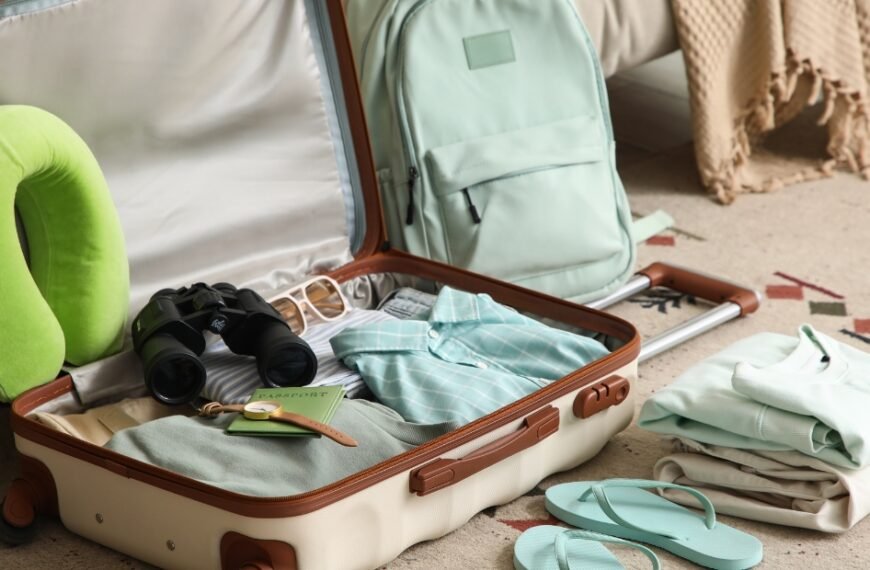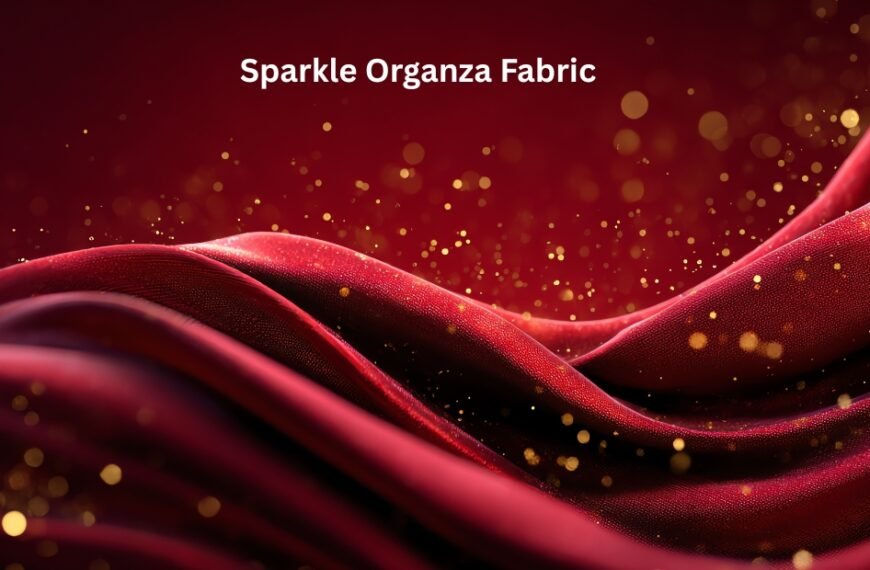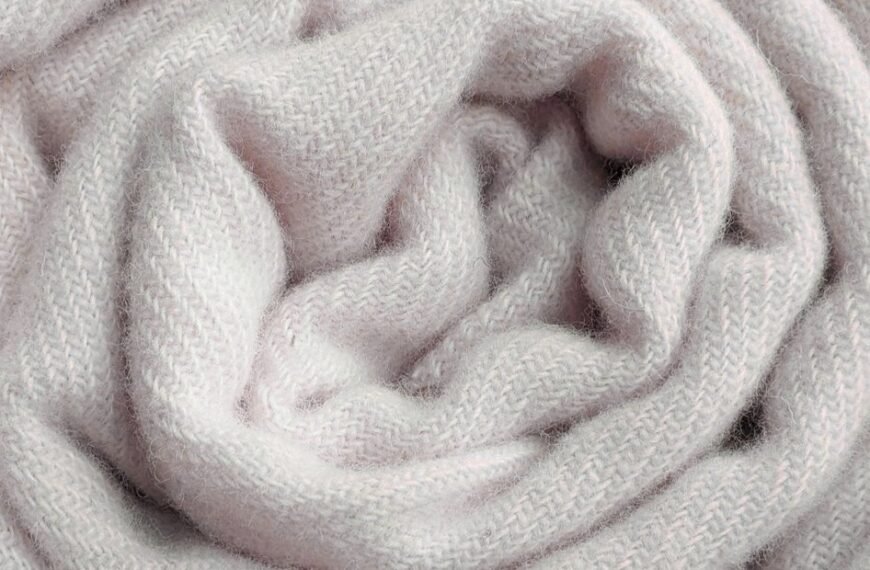Can you think of a fabric that has the softness and luxurious feel of silk yet remains as breathable and easy to care for as cotton? You probably think this is wishful thinking. But the truth is, it’s right in front of you! Sateen cotton fabric is real! It is one of the most luxurious types of cotton available, but unfortunately, most people tend to confuse and mix it with the synthetic, satin fabric. Sateen fabric isn’t satin fabric, but one of the luxurious types of cotton. It is often broached in confusion.
This fabric is classified beyond pragmatic usage. Its demanding attention is also found in home furnishings, apparel, and beddings of ultra-thread-count. Such an accomplishment is simultaneously pragmatic and ornate. To sate, this writeup is an attempt to uncover much of the mythology woven into sateen cotton. We will elucidate its many advantages along with potential drawbacks. We will also, once and for all, untangle the confusion pervading the confusion sateen and satin, and juxtapose it with other cotton weaves, most notably, percale. Finally, we will sew with it, care for it, and select the highest quality sateen for your projects. Focus, for now, will also be devoted to practical advices on those mechanisms. Having reached the end of this article, I hope, will make you appreciate the beauty of this fabric, and my desire is to weave into your life, will be fulfilled.
Table of contents
What is Sateen Cotton Fabric? The Magic of the Weave
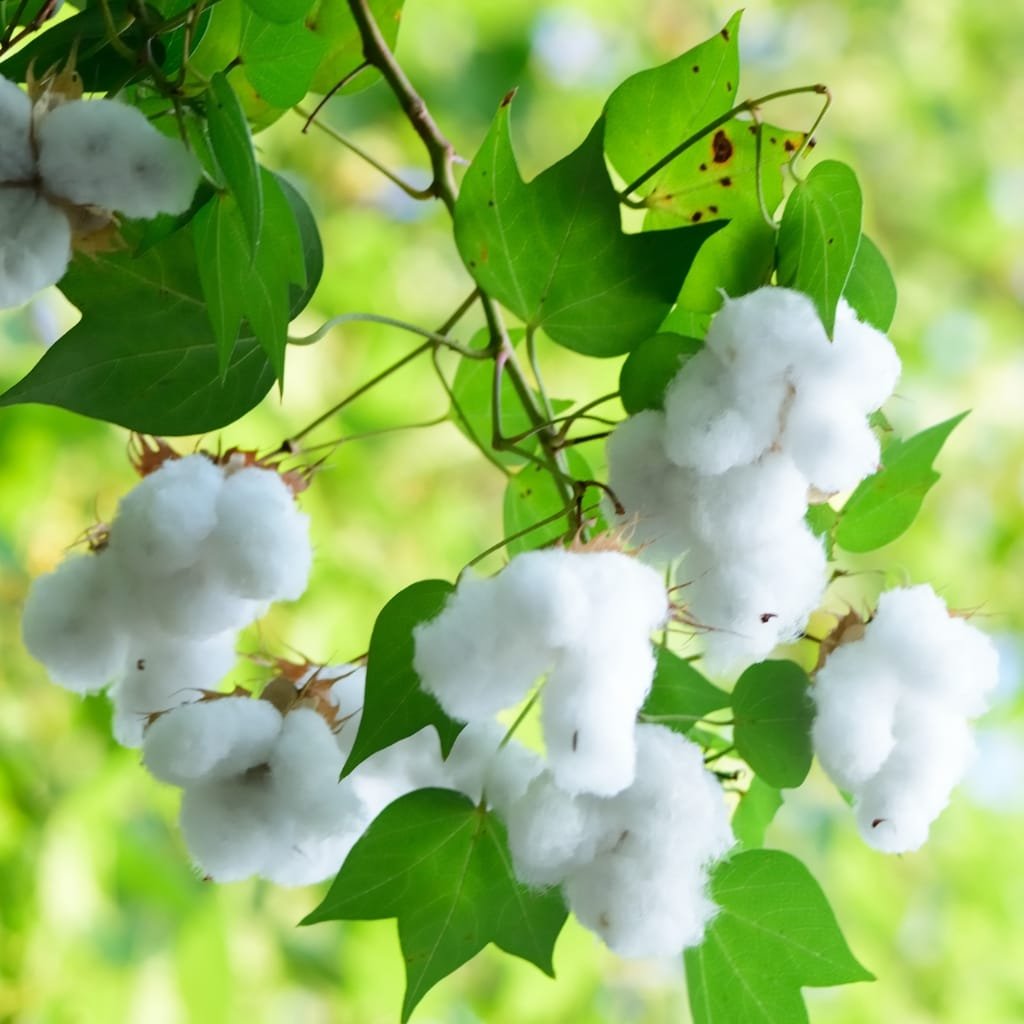
The most critical, and, the most fatal blunder one can make is defining “sateen” a type fabric. Sateen is a weave, most importantly. That much, I am sure, and the evidence surrounding it is ample. The weave we call sateen, is one where, over and under a set of threads, multiple weft threads float over a single warp thread. The opposite is also possible. What is left is a smooth undisturbed surface, and a gloss of fabric put on show.
The specific weaving technique for cotton sateen starts from long, high-quality, combed, and sometimes mercerized cotton fibers. As a result, the fabric is laid and draped in a way that makes the weave soft, silky, and subtle. This feel is unlike any other cotton weave. Thus, the sateen cotton sheets are directly the result of the aforementioned intricate floating-thread sateen construction of drape-thread which focuses on the minimized texture and maximized smoothness fabric construction.See more…..Poplin Cotton Fabric
A Thread of History: The Origins of Sateen

The sateen weave is not only one of the fabric’s oldest, but one of the most traveled as well. Weaved with silk to create royal garments, it’s predecessor, satin, is thought to first appear in the city of Quanzhou in China, port city of Zaytona which the medieval Arabs turned to Zayton from satin.
Due to the advancing of the film-making and weaving of fibers techniques during The Industrial Revolution and the evolution of textiles, satin’s elaborate weave structure was then used for other fibers. A new fabric emerged with the merging of cotton yarns woven in sateen structure: sateen cotton. Having the similar, satin-like feel made relevant to the masses was one of the reasons for the innovation’s immense public appeal. Later, it’s association with luxurious, high-end, hotel-quality bedding made the fabric evermore popular, especially in the home goods market.See more….Oxford Cotton fabric
Key Characteristics: Sateen Sheet Advantages and Disadvantages
The rise in popularity of sateen is attributed to its unique properties that make it very appealing for particular uses.
Advantages
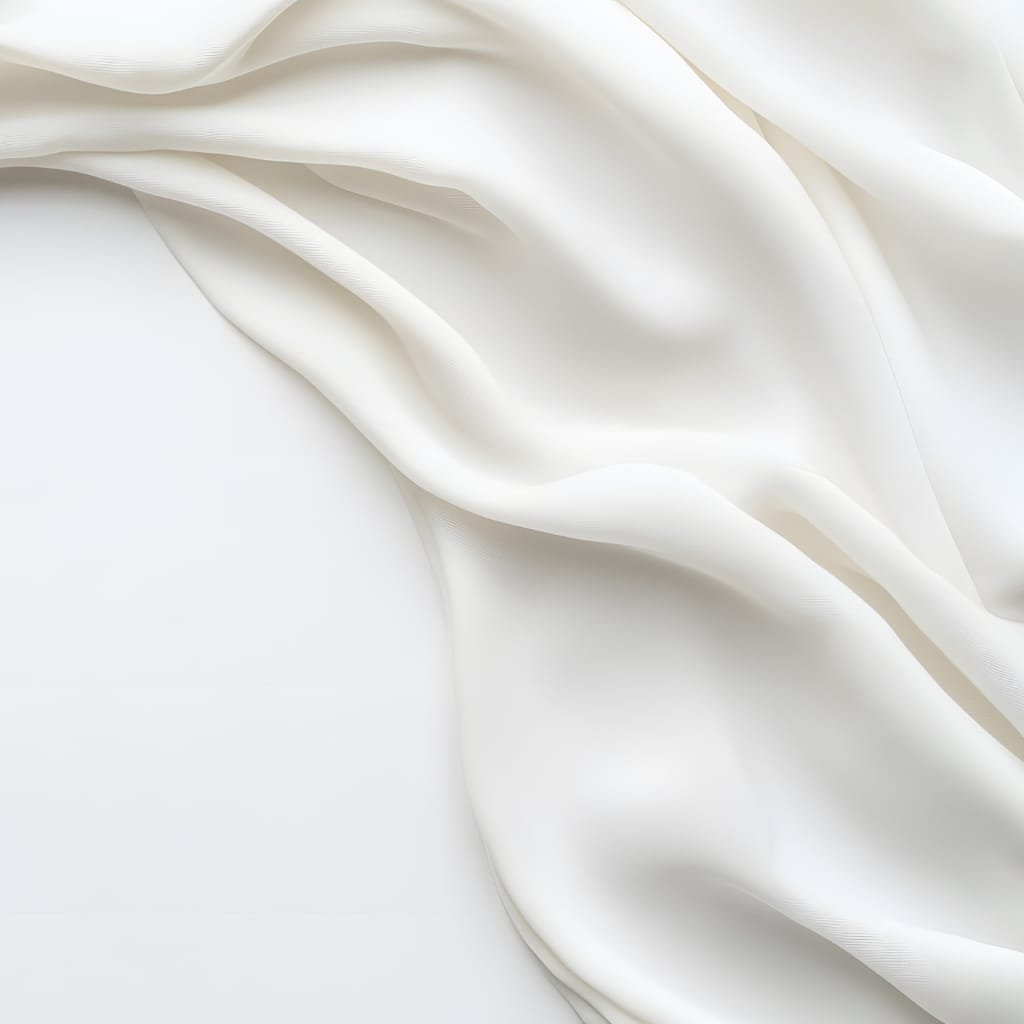
- Incredibly Soft and Smooth: Perhaps the most notable characteristic of sateen is its soft, silky touch. The floating threads on the surface, in addition to the soft floating, form this gentle surface that feels beautiful on the skin. Because of this feature sateen is a favorite fabric for sleepwear and bedding.
- Subtle, Yet Elegant Shine: Unlike synthetic satin, the sateen cotton fabric has a much softer, lower sheen. This sheen is natural and does give the fabric a touch of sophistication, but without being shiny or gaudy.
- Good Drape: Fabrics woven in a sateen structure already have a soft, thick fluidity to them. This flow is ideal for curtains, evening gowns, and skirts that need to have a graceful flowing shape.
- Fewer Wrinkles: Unlike other cotton weaves like percale, sateen is much less prone to wrinkling. Because of this feature, sateen is a great option to take on travel or for those who do not want to put a lot of work into their linens.
- Keeps Colors Well: Sateen fabrics are well known for their richness and vibrant colors. This is a result of how the surface of the fabric, which is smooth, takes in colors, and how well the fabric retains colors in the wash.
Disadvantages

- Breathability Issues: The close, dense bindings making the glossy finish also trap more heat. While more breathable than synthetic satin, sateen is nonetheless more corset than a percale weave.
- Pilling Issues: Over the years, and particularly with low-quality grades, the hovering threads can get scuffed and pilled. However, this is greatly mitigated with high-quality long-staple cotton.
- Loss Of Friction: The sheets can become harder to control due to the churned surface which some people may find annoying.
Sateen vs Satin vs Percale: Breaking The Confusion
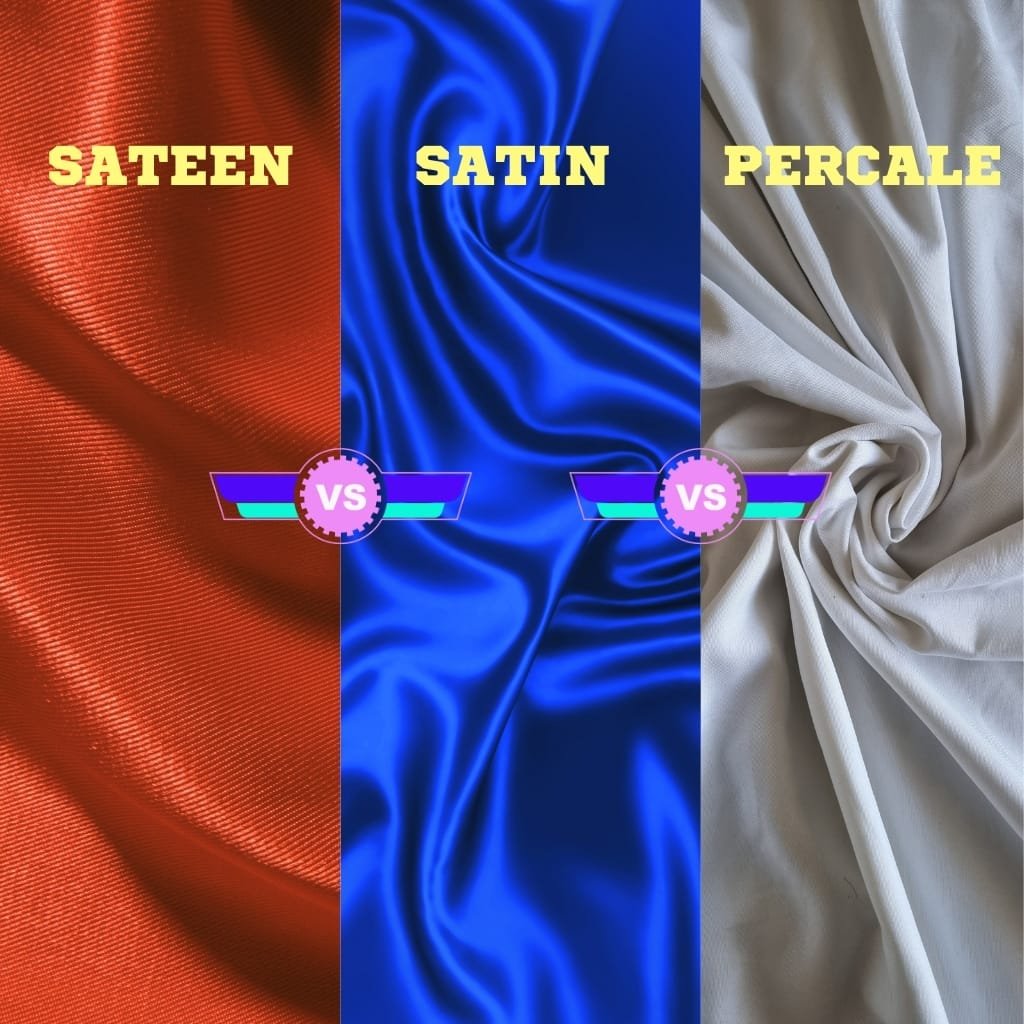
This is the most important comparison to have for sateen to be understood.
Sateen vs. Satin: The difference is only in the fiber where satin is a type of weave with filament fiber like silk, nylon and polyester, while sateen is the same weave with short-staple yarns like cotton. Thus, sateen is soft, breathable and aeging, while satin is slippery, soft and shiny.
Sateen vs. Percale: This is not about the fabric composition. They are both made from 100% cotton, but use different weaves. Percale is a dry and crisp fabric, and is made from a one over one under weave. This weave is tight and dominantly a plain weave. This fabric is cool and breathable, similar to a classic men’s dress shirt. Sateen, uses the floating thread weave and is soft, warm, and brilliant fabric. Percale is famous for its crispness, and sateen is well known for its silkiness.
The Many Uses of Sateen Cotton Fabric
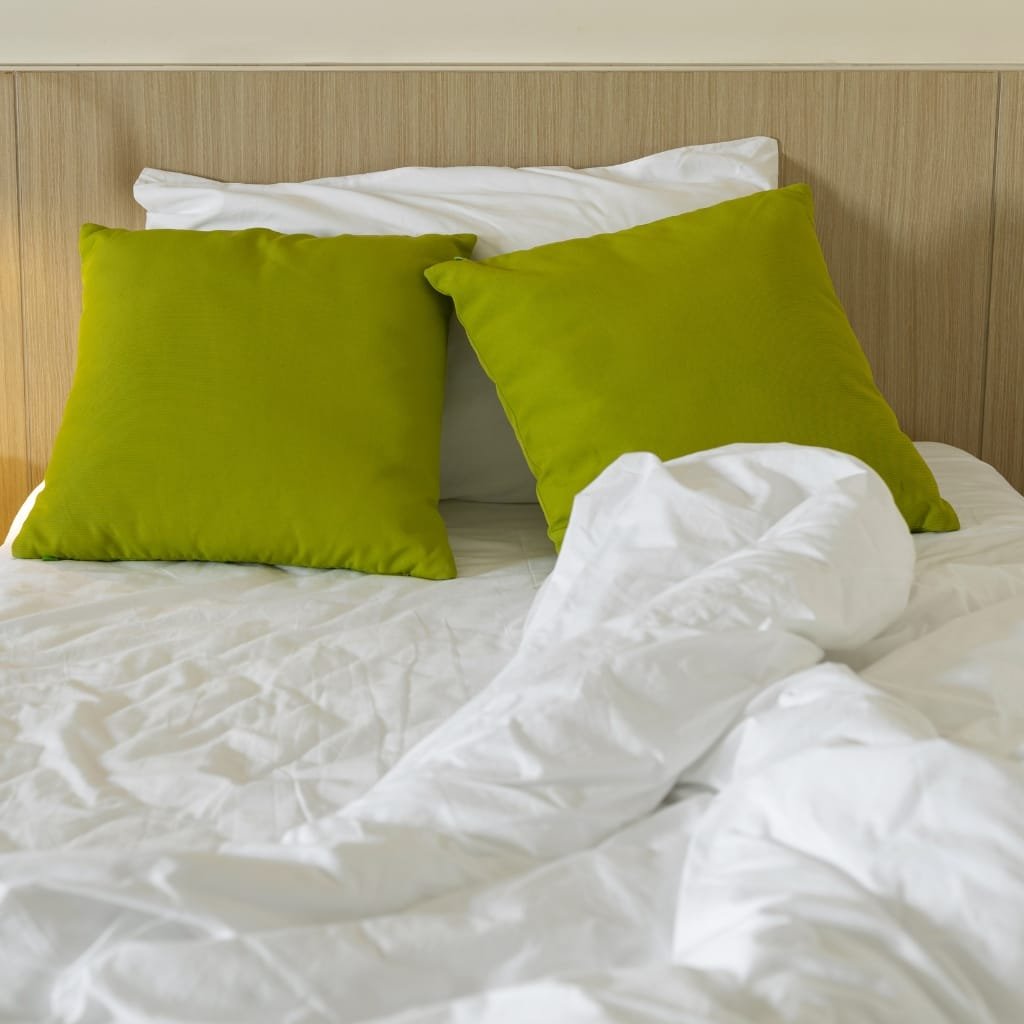
Due to its well known blend of usefulness and beauty, it is applicable in many areas.
*Sateen is most well known for its use in bedding. Sateen cotton sheets, like in most luxury hotels, are warm and soft, and feels like heaven on the skin. That is why sateen is one of the most well known cotton sheets in the world.
Apparel is another area which sateen is often used in, and it is perfect for designing elegant blouses, dresses, skirts, and neckties. The fluid and graceful uniforms are brought to life because of the terrific drape of sateen.
In Home Decor, sateen is perfect for heavy, classy curtain and drapes which block out the light because of the weight and drape. Sateen is also used for decorative pillow covers and upholstery.
- Crafting: For anyone stitching formal wear, gown for a baby’s christening, or luxurious accessories, sewists tend to choose sateen for it’s stylish look.
Guide for Makers: How to sew sateen.
Many people find sewing sateen cotton fabric to be a pleasant task as long as they keep certain things in mind.
What Needle and Thread to Use: In order not to snag the delicate threads, a fine microtex or universal needle of size 70/10 or 80/12 is recommended. To ensure a smooth and strong seam, a high quality polyester or cotton wrapped polyester thread should be used.
Handling and Finishing the Sateen: Handle the sateen, as well as the skirt and gown to keep in line. The excess threads should be serged as they tend to fray a lot.
Pressing: Pressing should be done with a medium heat setting, and the steam should be used on the wrong side only. The right side should have the seam allowances with the pressing cloth so it will not get imprinted, and the seam capable of distortions should not have a sliding iron.
Sateen Garments and linens
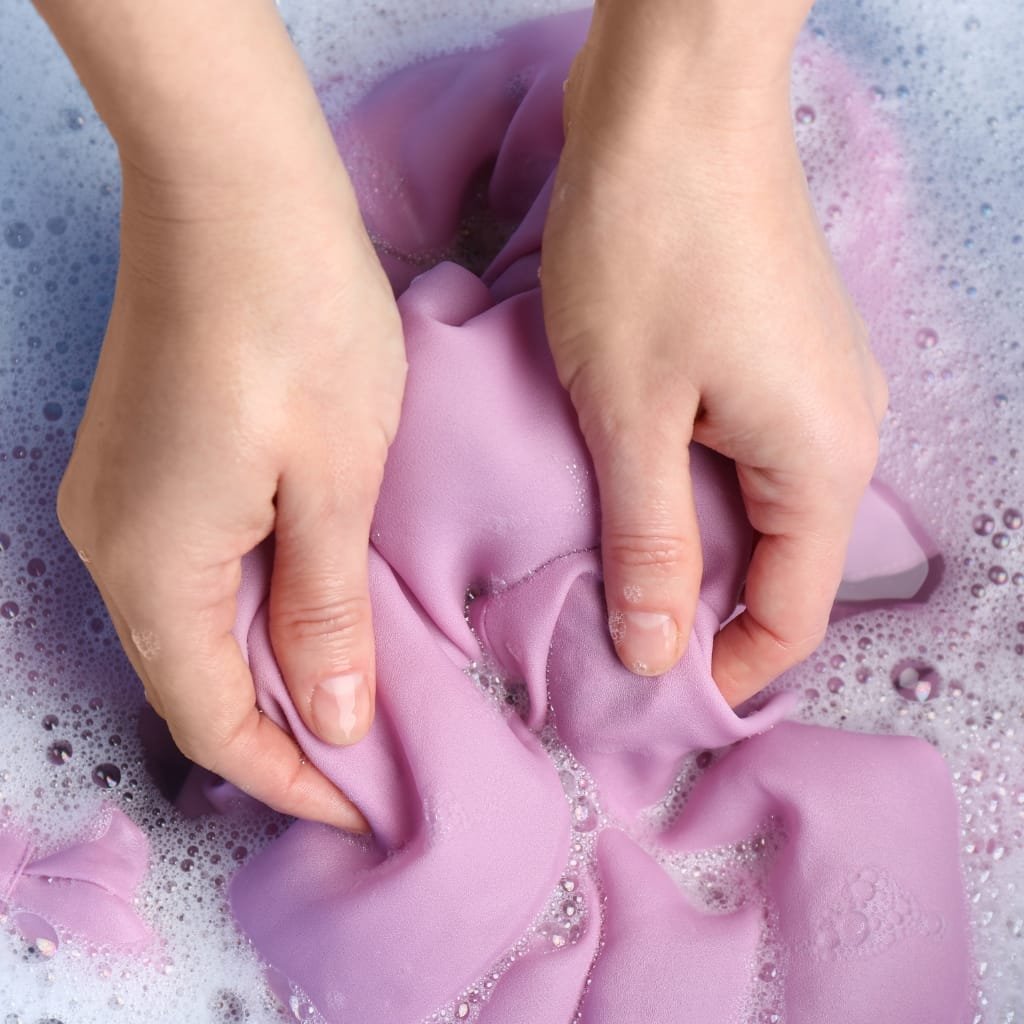
With the smooth touch and high sheen, the sateen garments and linens ought to be well taken care of.
Washing: Start with the care label. In most cases, machine washing should be done in cold water and on gentle cycle. Use only mild detergent and refrain from yellowing bleaches, they corrode the fibers and diminish the cloth’s brightness. To save the exposed surface area, turn clothes inside-out.
Drying: Use the low heat setting in Tumble Dry, while removing the materials while still slightly damp. You reduce the likelihood of creasing and the necessity to iron the garment viciously, in addition to easing the checkered finish from the steam iron. Line drying the garment to finish is still the most gentle care option.
Ironing: Ironing any of the above elements is needed to exposed parts, while they’re damp cloth. On the wrong side, with a medium setting, and heavy steam. Pressing cloth is the most effective iron in the battle to avoid the scars of scorching and shine marks.
How To Find Quality Sateen
The quality of sateen fabric is highly subjective. Use these as indicators to assess the state of the fabric to determine its quality.
- Thread Count: Ideally, a state of 300, 400, or 600 is optimal. Be weary of a count that exceeds 1,000, as most of these tend to be artificial and stifle breathability.* Yarn Quality: The finest sateen is woven from long-staple or extra-long-staple cotton, like Egyptian, Pima, or Supima® cotton. These fibers are long, stronger, and smoother, producing a lustrous and less-pilled piece of fabric.
- Mercerization: This is an important treatment. Mercerized cotton has been treated with a sodium hydroxide solution. This solution swells the fibers and within them, increases the cotton’s strength, affinity for dye, and increases permanence of luster.
- Feel: sateen’s touch is a statement of fabric quality. It should be heavy, smooth and soft, while not having an embarrassing slipperiness. It should have a refined sheen and not a tacky shine.
Conclusion
In the end, sateen cotton fabric is an extraordinary textile marvel. It combines the comfort and breathability of cotton with the softness and sophistication of a satin weave. It provides a practical piece of fabric with a touch of understated luxury.
Sateen cotton works wonders whether it is for investing in sheets of dreamy softness that change the quality of your sleep, curtains that enhance your living room’s elegance, or sewing a gorgeous, flowing dress. Next time you need a cloth that offers a rare combination of elegance, softness, sateen cotton’s impressive capabilities will satisfy, even if the fabric is often underappreciated.
FAQs
Sateen is a type of weave—not a fiber—where multiple threads float over others, creating a smooth, lustrous surface. When made with cotton, it yields a fabric that is silky, soft, and slightly heavy, perfect for luxurious bedding and elegant apparel.
While both share a similar weave, satin is made from filament fibers like silk or polyester, giving it a high shine and slippery feel. Sateen uses short-staple cotton yarns, resulting in a softer, more breathable fabric with a subtle sheen.
Sateen is less breathable than percale due to its tight weave, which can trap more heat. However, it remains more temperature-regulating than synthetic satin. For very hot climates, percale or linen may be preferable.
